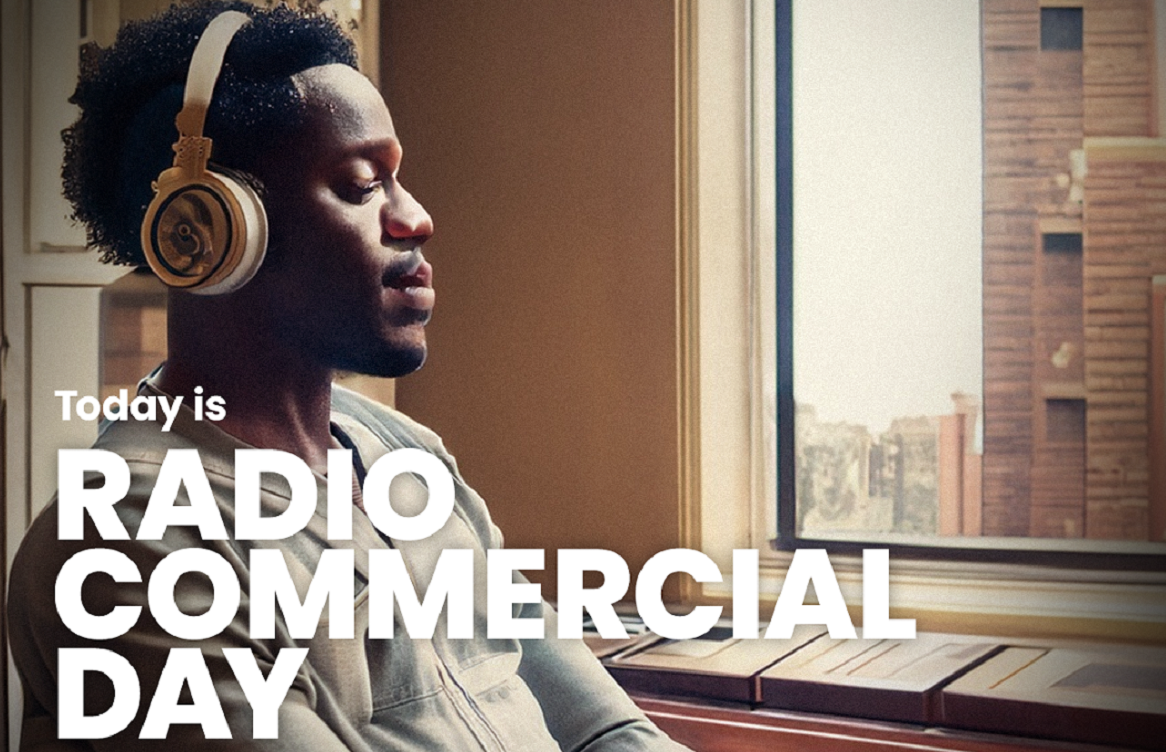Today is Radio Commercials Day, founded to commemorate the first radio commercial on a New York radio station, WEAF and occurred on August 28, 1922, for an American estate agent, Queensboro Realty.
Today, thanks to companies like AdTonos, offering an audio inventory mix at scale, advertisers and brands can broadcast targeted audio ads on radio, podcasts, mobile gaming, and smart speakers.
Latest audio advertising trends
As marketers and advertisers, it’s important to stay up-to-date on the latest advertising possibilities. One area that’s been around for over a century is audio advertising. It’s been over 101 years since the first radio commercial was broadcast, and the industry has come a long way since then.
One of the most significant changes in audio advertising has been the shift to digital audio. With the rise of streaming services and digital audio advertising platforms like AdTonos, marketers have new opportunities to reach their target audience. These services offer targeted advertising based on listener data, such as location, age, listening habits, interests, shopping intent and events.
Personalisation and interactive audio ads
This means that advertisers can create personalised ads more likely to resonate with their audience. Another trend in audio advertising is the rise of voice-activated assistants like Amazon’s Alexa and Google Assistant. These devices offer a unique opportunity for marketers to reach consumers in their homes. Brands can create voice-activated ads that provide helpful information or entertainment to users. For example, a restaurant chain could create a skill offering users recipes or cooking tips. AdTonos was the first company in the world to launch an interactive audio campaign in the market thanks to YoursTruly technology.
The YoursTruly technology was debuted via an ad campaign that Omnicom Media Group’s PHD planned and delivered for Audi and targeted London’s commercial radio stations in a worldwide first — including Absolute Radio, Kiss Radio and Magic Radio. Listeners could easily book test drives for the brand’s latest model through voice activation on their smart speakers. The campaign also harnessed intelligent geolocation technology to help listeners select their nearest dealership.
AI-based technology for context & emotions detection in podcasts
Podcasts have also become a popular platform for audio advertising. Advertisers have a captive audience with millions of listeners tuning in to podcasts daily. Many podcasters offer sponsorship opportunities where brands can create custom ads that the host reads. This provides a more personal connection with the audience and can lead to higher engagement rates. In this area, AdTonos is the creator of new tech solutions called Twilight. Twilight is innovative, AI-based technology for context & emotions detection and targeted ads in podcasts, empowering publishers and advertisers and enabling the broadcasting of a targeted set of audio ads with a positive listening experience for your users. AdTonos Twilight technology Detects IAB categories, keywords, and entities and accurately indicates sentiment.
Audio ads in-game
Audio advertising in mobile gaming has become increasingly popular in recent years, and for good reason. So AdTonos created the Sandstorm to broadcast audio ads in mobile gaming. Unlike other forms of digital advertising, audio advertising allows marketers and advertisers to reach their target audience in a non-intrusive and engaging way. When done correctly, audio advertising can create a positive listener experience that leaves a lasting impression on the user. One of the key benefits of audio advertising in mobile gaming is that it can be seamlessly integrated into the user experience. This means that the user can continue to enjoy their game without being interrupted by an ad.
Audio advertising is augmented reality (AR) and virtual reality (VR)
One of the most exciting developments in audio advertising is augmented reality (AR) and virtual reality (VR). AR and VR technology allow advertisers to create immersive experiences that engage users in new ways. For example, a car company could make an AR ad allowing users to explore a new model’s interior. This kind of advertising is still in its early stages but can potentially revolutionise the industry.
Marketers and advertisers must remember that audio advertising is not a one-size-fits-all approach. Each audio format has unique strengths, and it’s important to create ads tailored to each platform. For example, a voice-activated ad might be more conversational and interactive, while a podcast ad might be more informative and educational.
It’s essential to stay up-to-date on the latest trends
In conclusion, audio advertising has come a long way since the first radio commercial was broadcast over 101 years ago. With the rise of digital audio, voice-activated assistants, podcasts, and AR/VR technology, marketers have more opportunities to reach their target audience. It’s essential to stay up-to-date on the latest trends and create ads tailored to each platform. By doing so, marketers can create engaging and effective audio advertising campaigns that resonate with their audience. All these solutions available today in audio advertising did not even occur to the first advertisers of radio advertising 100 years ago. However, you have to give them back that they were pioneers and built the foundations; they took their first steps on the promised land in audio advertising.



